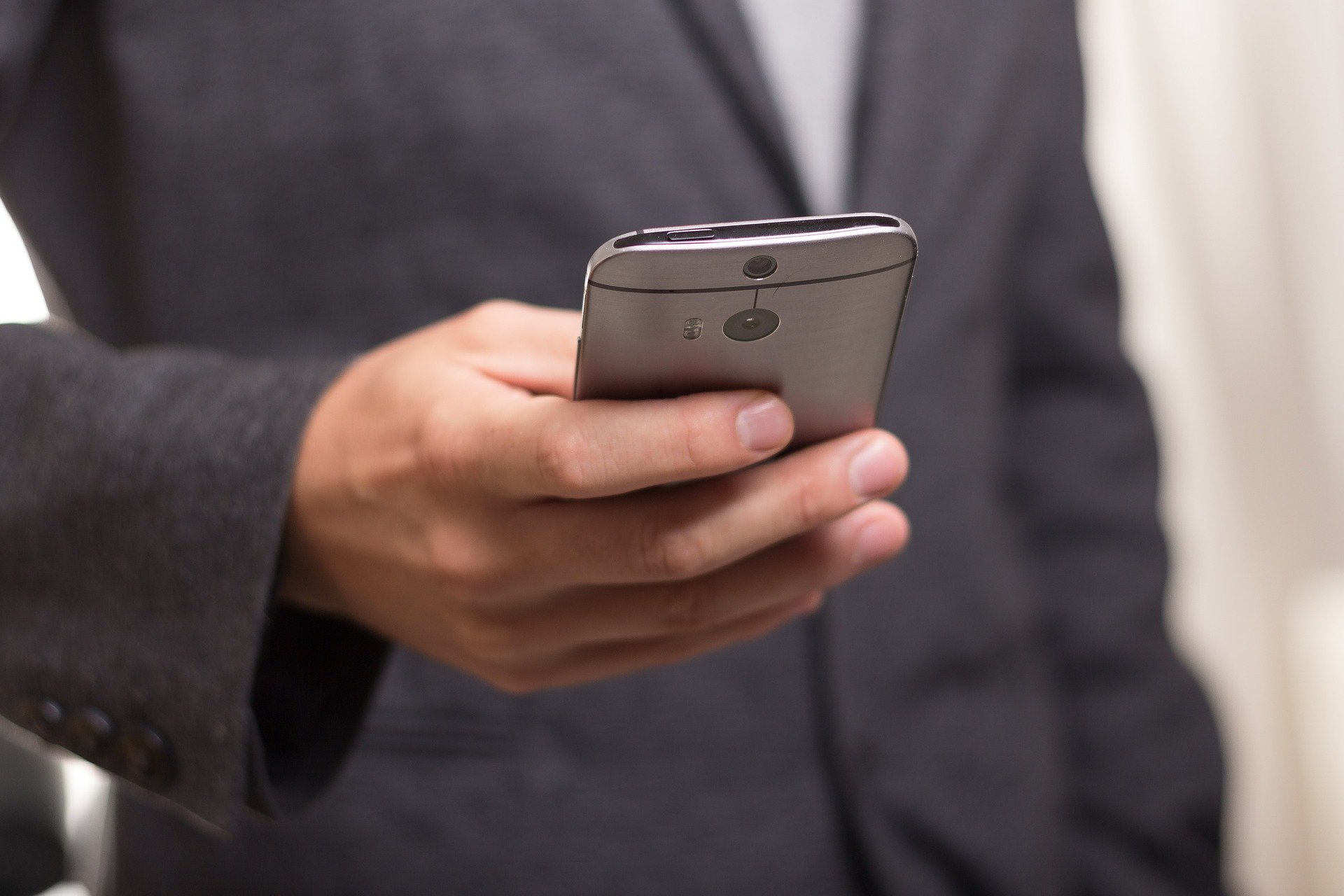In today’s financially driven world, financial technology—aka “fintech”— allows people to manage their finances without stepping into a bank. A Bank of America study found that 62 percent of people now use digital banking. Here are a few ways to keep yourself safe while using mobile banking apps.
Unfortunately, data theft is a concern. But you can manage your online banking without sacrificing your data security. Here are some best practices you should follow.
Use Official Applications
You decide: do you use an official banking application, vetted and secured for your protection, or do you choose unsanctioned applications for convenience? Remember this: convenience comes at the expense of security. Don’t risk fraud, data theft, or other financial damages for “convenience.” Use your bank’s official application forms. This option is much safer because your bank prioritizes your (and their) security. Banks continually invest in data security protocols such as encryption and multi-factor authentication (MFA) procedures to safeguard your finances.
Use Strong Authentication Measures
If you think “QWERTY” is an example of a strong password, then we need to bring you up to speed. (Spoiler alert: it’s not.) This is your hard-earned money at risk, so secure your account by using upper and lowercase letters, numbers, and non-alphanumeric characters (e.g., “&,” “*,” and “!”) for your online passwords. In their quest to maximize data security, banks increasingly rely on MFA to protect their account holders. Your bank probably already has an MFA option for your online account; avail yourself of it.
Avoid Automatic Logins
Consider this scenario: you use your phone regularly to access your banking details, so you set it up to log in automatically once you access the application. If you do this, imagine what could happen should a thief steal your phone or if you lose it while away from home. By disabling auto-fill and auto-login, you help secure your account if you lose possession of your device.
Stick to Trusted WiFi Connections
Unfortunately, security measures on public WiFi networks vary wildly, making them “Petri dishes” for potential data theft. We lack space to describe all the ways cyber thieves set up fraudulent networks to steal bank and financial data. To ensure the sanctity of your personal and financial information, only use trusted and secured WiFi connections. Even more secure is your mobile carrier’s cellular connection. If you must use a public WiFi network, encrypt your data using a virtual private network (VPN). Some vendors, like Proton and TunnelBear, offer free versions.
Recognize Attempted Phishing
Cybercrime has evolved past the act of a black hat furiously typing lines of code into a keyboard to access a bank account. Since most networks are now secured with encryption protocols capable of thwarting attacks, hackers and scammers today target a more vulnerable part of the network: the user. Their tools? Deceit and trickery. Hackers try to dupe unsuspecting or uneducated web users into divulging personal information using bogus websites and fraudulent email links. These are examples of phishing attacks; it’s vital to know how to spot and avoid them.
These suggestions are just a start. To secure your practice’s finances and learn more about how we safeguard your data, contact our team at Digicom


